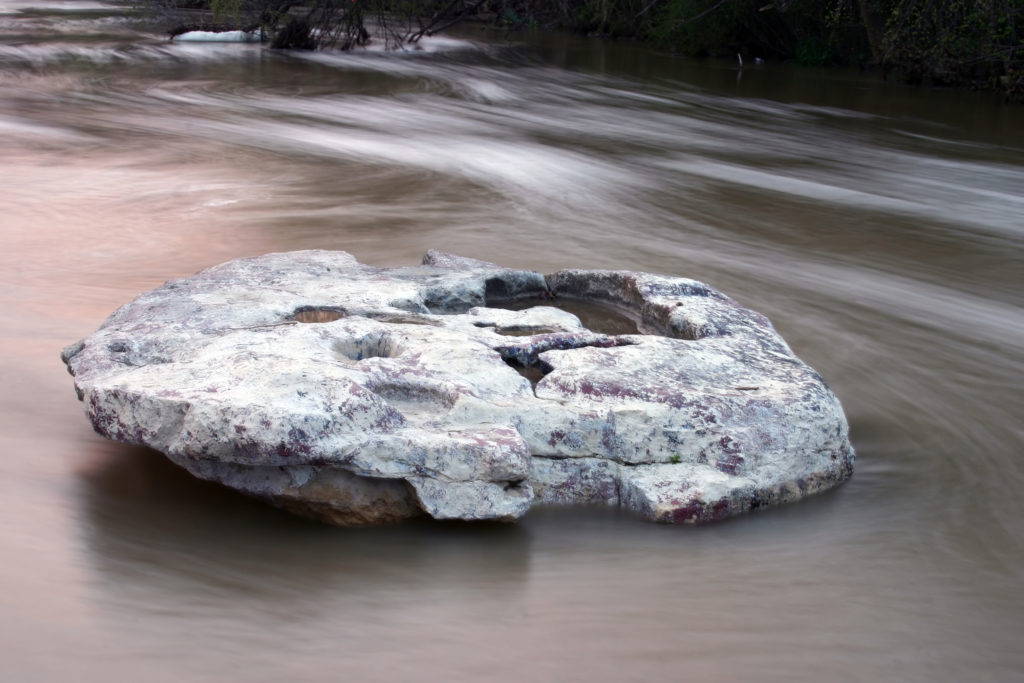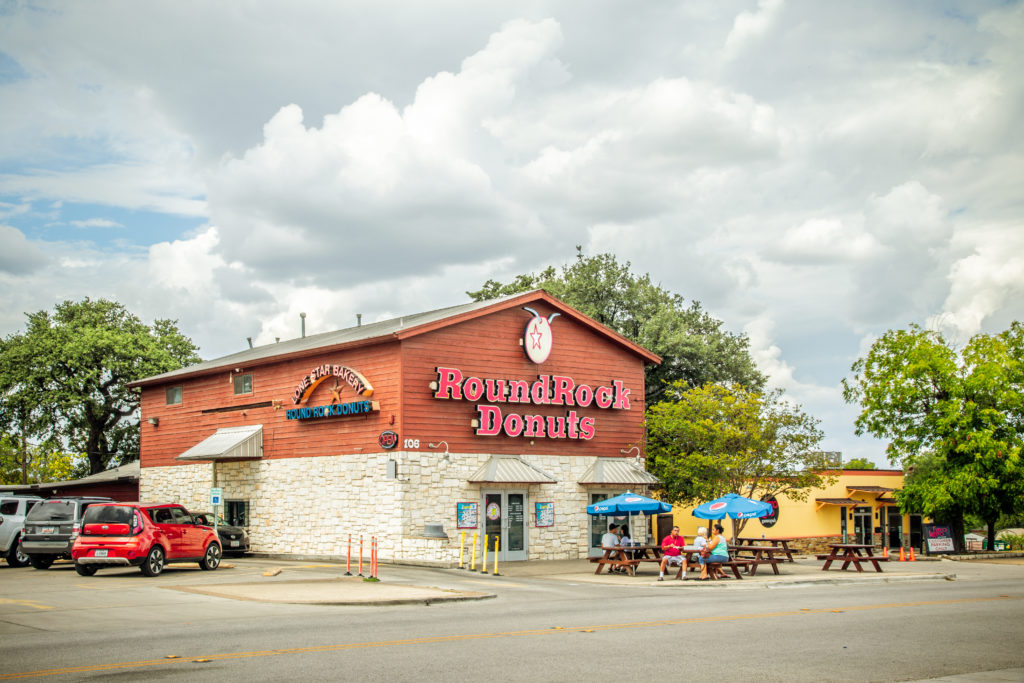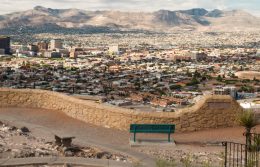City Spotlight: Round Rock
Round Rock has been called a “super suburb.” In 2019, the town was named the No. 2 best place to live in America by Money magazine. Its schools are ranked high. It is home to Dell Technologies, one of the world’s largest computer companies.
Before Round Rock’s relatively recent rapid growth, however, it was a sleepy town and bedroom community with a history stretching back to some of Texas’ earliest civilizations and crossing paths with some of its most notorious residents.

Crossroads of Trails and Rails
The creeks and prairies around Round Rock have been home to human settlement for at least 10,000 years. In 1983, an archeological discovery at a site about 4 miles west of Round Rock showed links to the Clovis culture, one of the earliest known human civilizations in North America. Its borderland position between Balcones Escarpment and the Blackland Prairie made it a natural geological crossroads, and many Native American tribes lived and passed through the region, including Kiowa, Yojuane, Tawakoni, Mayeye, and Comanche.
Anglo settlers arrived in the 1840s, and their settlement on the banks of the Brushy Creek took the name Round Rock from the islandlike rock in the center of the creek that marked a point of easy forging. When the Chisholm Trail opened after the Civil War, early cattle drives crossed the creek at Round Rock. When the railroad arrived in the 1870s, the town began to grow as a commercial center.
From the Wild West to Cotton Country
Round Rock entered the history of the Wild West when, in 1878, Texas Rangers tracked famed outlaw Sam Bass to the town. Bass was wanted for a train robbery in North Texas, and Rangers caught up with him in Round Rock and engaged in a shootout. Bass died from his injuries a few days later, and each year the citizens of Round Rock commemorate this famous event by reenacting the fight during the town’s Frontier Days festival.
Soon after, Round Rock settled into life as a sleepy cotton depot. The Blackland Prairie soil was extremely suitable for growing cotton, and Round Rock was located only about 17 miles from Taylor, the epicenter of Texas’ cotton growing industry. In fact, in the 1950s, when transportation planners were mapping out a route for the new “interregional” highway that would become Intersate-35, they planned to run it through Taylor. Taylor residents, however, were skeptical of the road project and feared the road would ruin their town. Round Rock city leaders, on the other hand, jumped on the opportunity to have the road redirected toward their town. The eventual construction of I-35 would open the next chapter in the town’s history.

Highways and Networks
When the highway was built, Round Rock found itself situated on the main thoroughfare between Dallas-Fort Worth, Austin, and San Antonio and began to grow rapidly. The town became a bedroom community for people working in Austin and began to attract more businesses and recreation. Renovation projects restored the town’s historic center. But the biggest boost to the town’s economy came when Dell relocated to Round Rock from Austin in the early 1990s, supercharging the boom.
Today, Round Rock is more than a suburb — it’s a vibrant, small city on the outskirts of Austin. Visitors seek it out for shops and entertainment along its historic main street, the famous Round Rock Donuts, and to watch the Round Rock Express — the Texas Rangers’ minor league affiliate — play at the Dell Diamond baseball park.
Explore more of Texas’ unique towns here.
© 2021 Texas Farm Bureau Insurance



